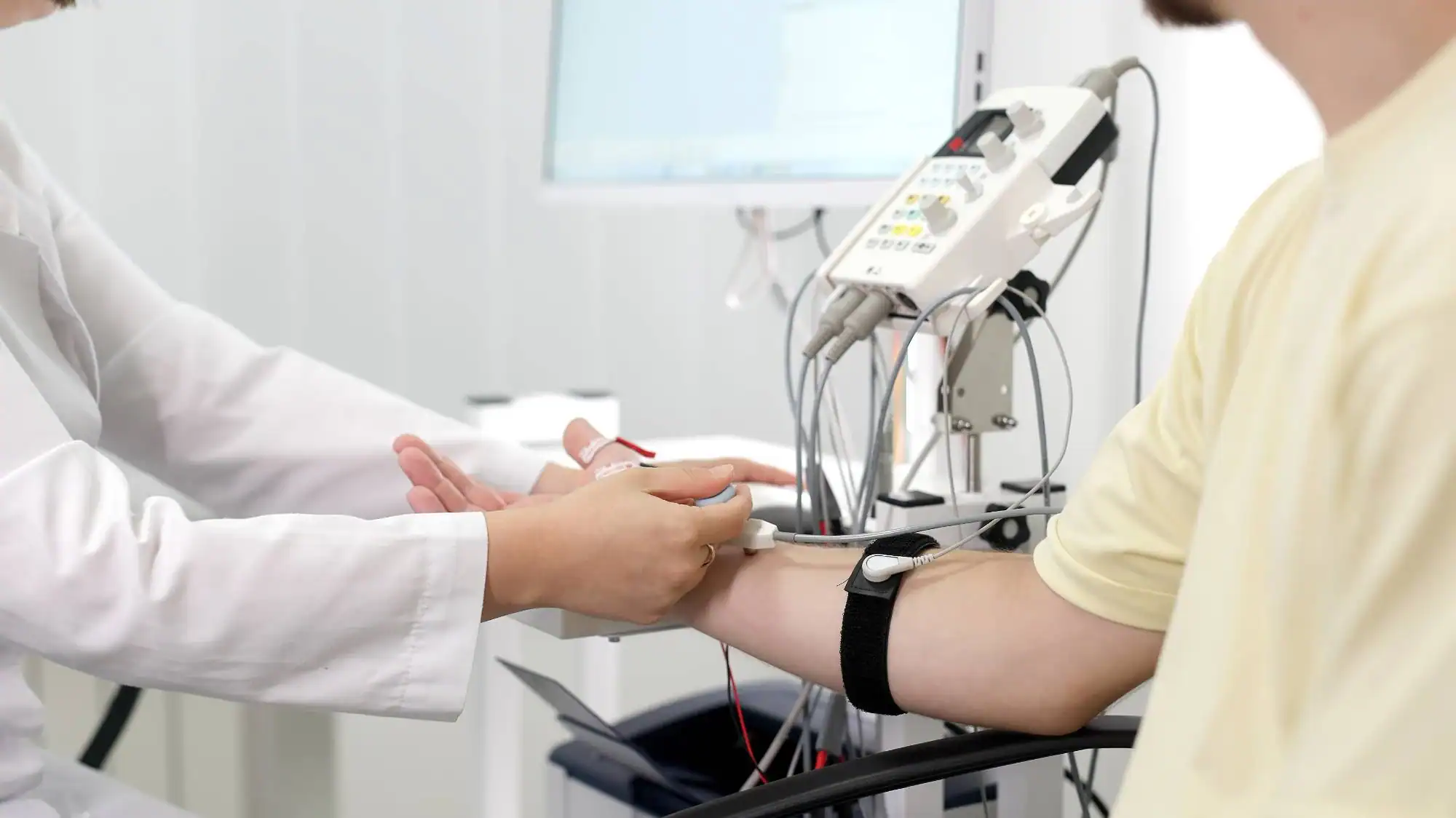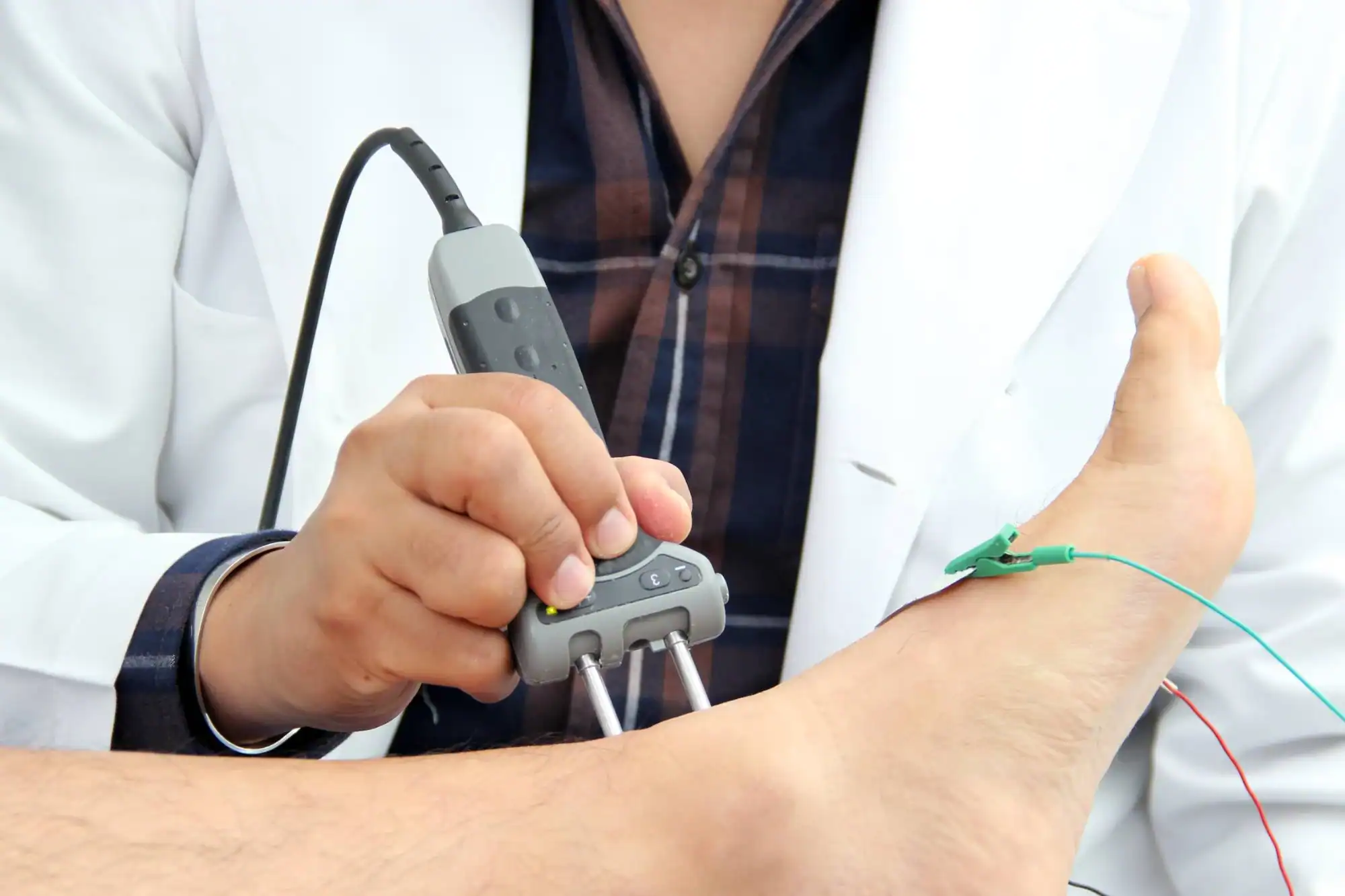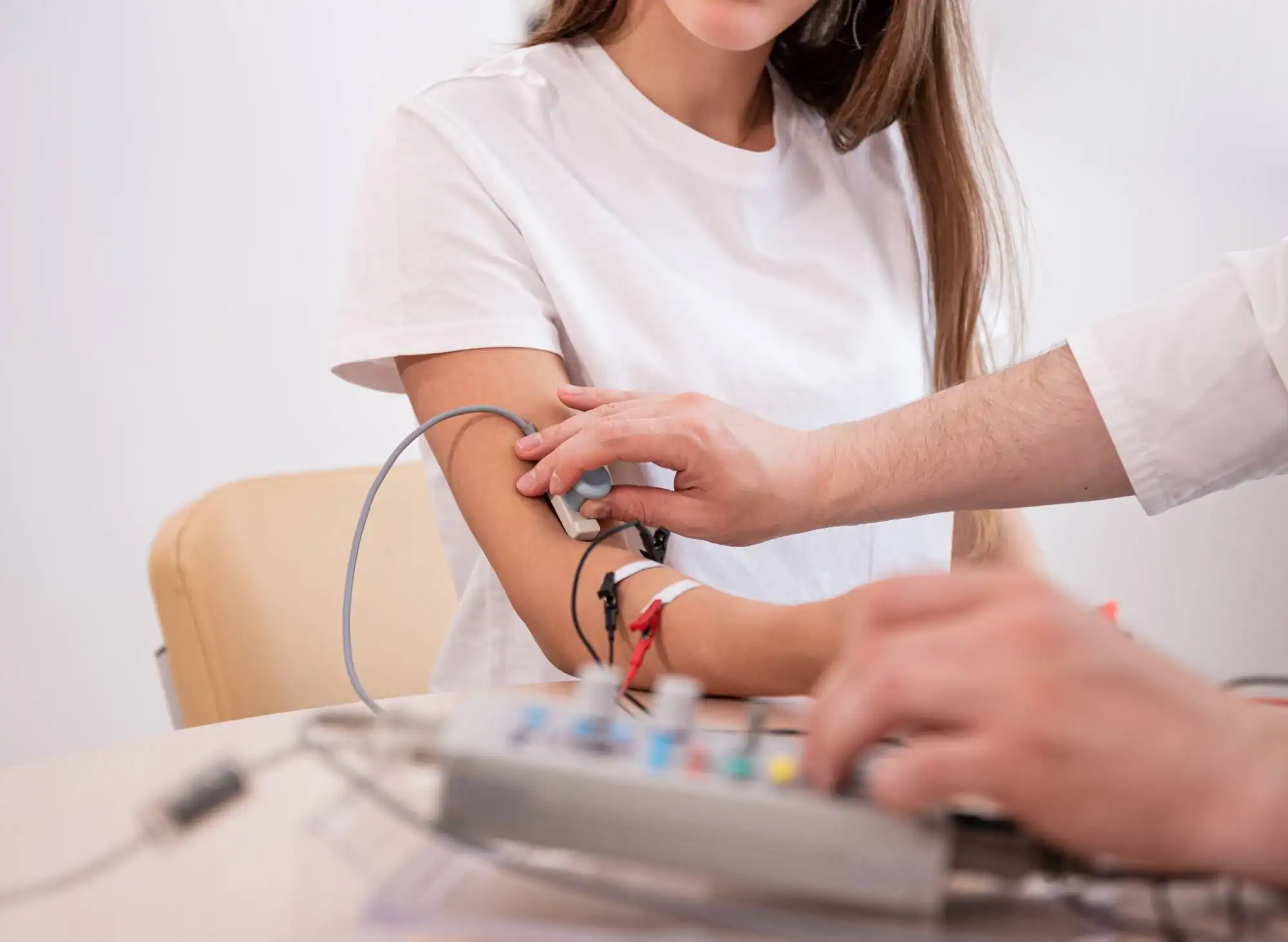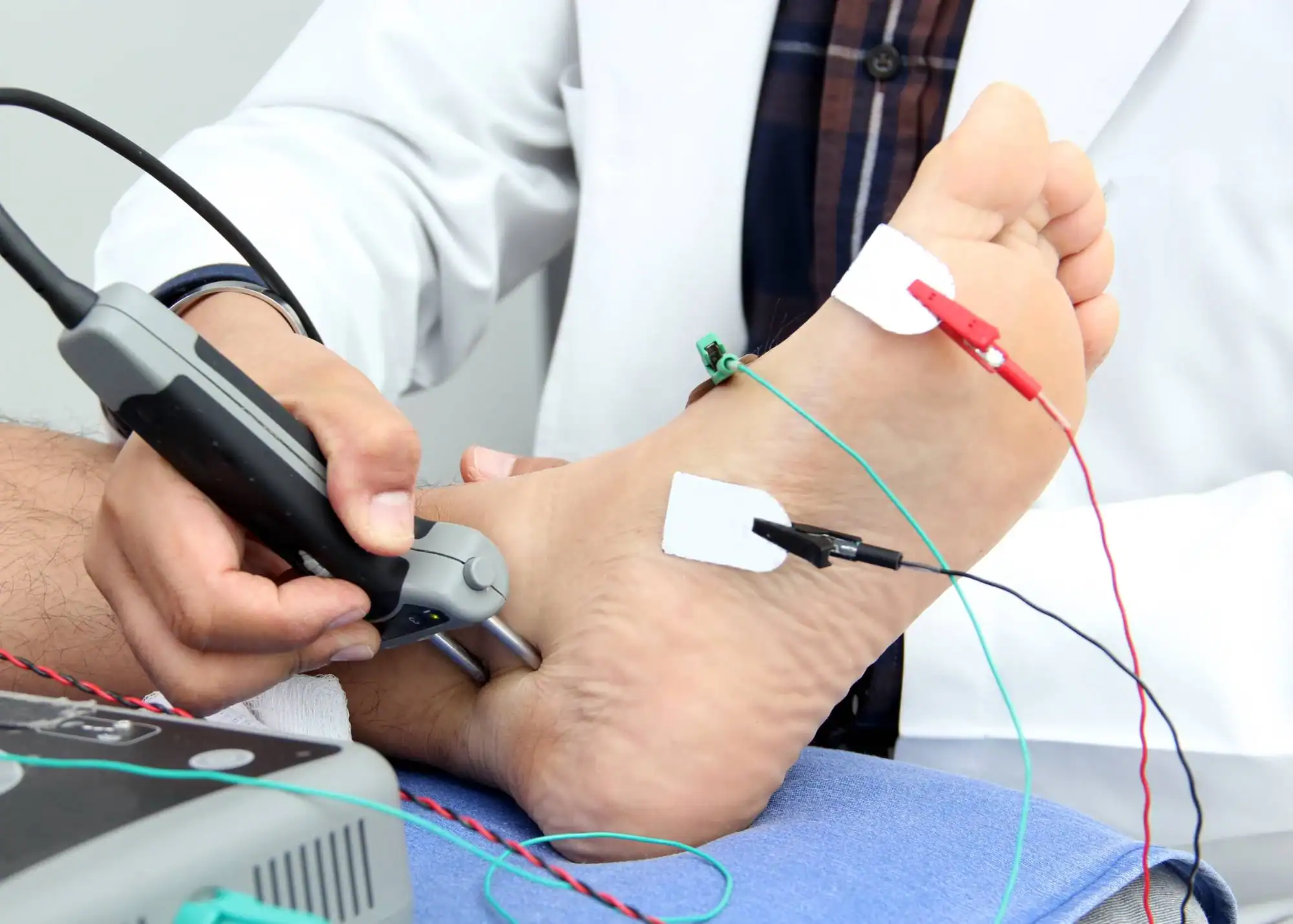Advanced nerve and muscle diagnostic testing that pinpoints exactly what’s causing your symptoms.

Reviews

You’ve been dealing with numbness in your hands for months. Or maybe it’s that shooting pain down your leg that wakes you up at night. The tingling in your feet that makes walking uncomfortable. These aren’t just minor inconveniences you should ignore.
Nerve and muscle testing gives you concrete answers. When the test is complete, you’ll know if it’s carpal tunnel syndrome, a pinched nerve, diabetic neuropathy, or something else entirely. No more guessing. No more wondering if it’s all in your head.
The right diagnosis means the right treatment. And the right treatment means you can get back to sleeping through the night, working without pain, and walking without that constant worry about what’s happening to your body.
NY Spine Medicine has been helping people in Breezy Point and throughout Queens understand their neurological symptoms for years. Our team focuses specifically on spine and pain medicine, which means we see these types of nerve and muscle issues every single day.
You’re not just another appointment on our schedule. When you come in for testing, you’re working with specialists who understand exactly what you’re going through because we’ve helped hundreds of patients with similar symptoms.
We use the latest diagnostic equipment and take time to explain your results in plain language. No medical jargon that leaves you more confused than when you walked in.

The nerve conduction study comes first. Small electrodes are placed on your skin over the nerves being tested. A mild electrical pulse is sent through the nerve to measure how fast and how well the signal travels. This tells us if your nerves are damaged and where the problem is located.
Next is the electromyography, or EMG. A thin needle electrode is inserted into the muscle to measure electrical activity. This shows whether your muscles are responding normally to nerve signals or if there’s muscle damage. The needle feels like getting a shot, but most people tolerate it just fine.
The entire process usually takes 30 to 60 minutes depending on how many areas need testing. You’ll get your results immediately, and we’ll explain what they mean for your specific situation. No waiting weeks to find out what’s wrong.

Ready to get started?
Your nerve and muscle testing includes both EMG and nerve conduction studies in one appointment. This comprehensive approach means you get a complete picture of what’s happening with your nervous system, not just a partial view.
The testing can diagnose conditions like carpal tunnel syndrome, ulnar neuropathy, radiculopathy, peripheral neuropathy, and muscle disorders. If you’re dealing with symptoms in multiple areas, the testing can determine whether it’s one condition affecting several body parts or separate issues that need different treatments.
You’ll also receive a detailed report of your results and a clear explanation of next steps. Whether that’s physical therapy, medication, injections, or other treatments, you’ll leave knowing exactly what your options are and why each one might help your specific situation.
